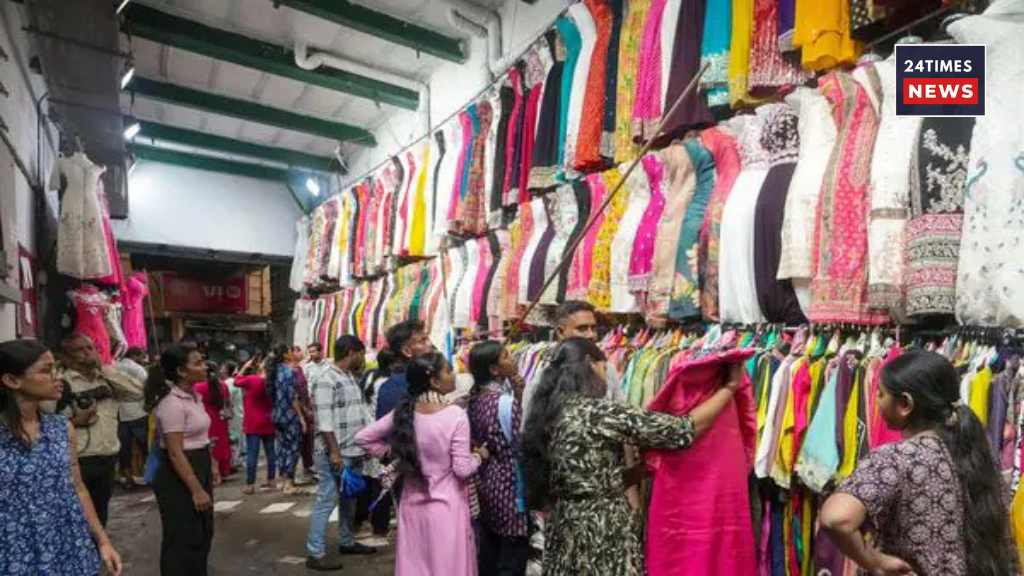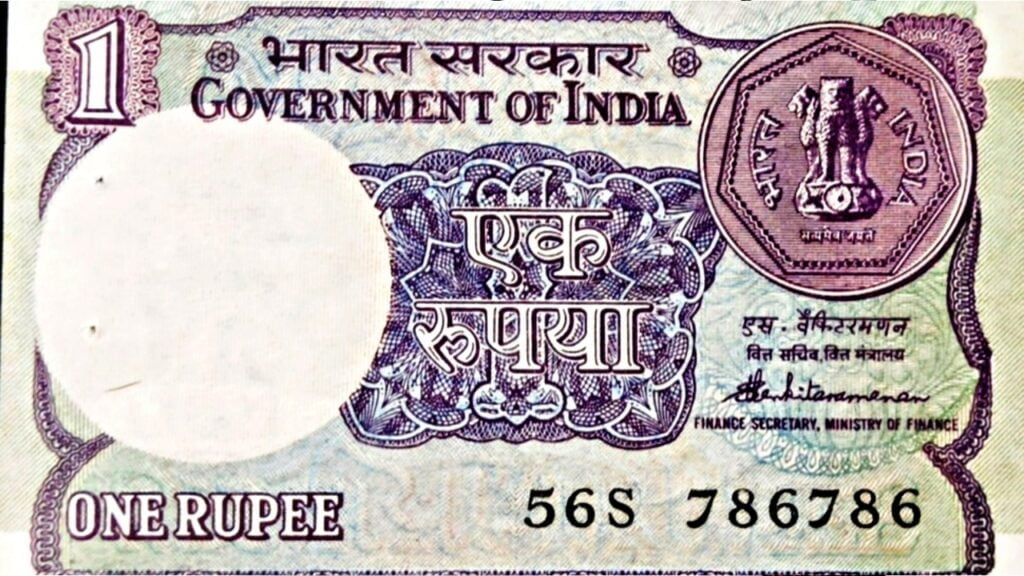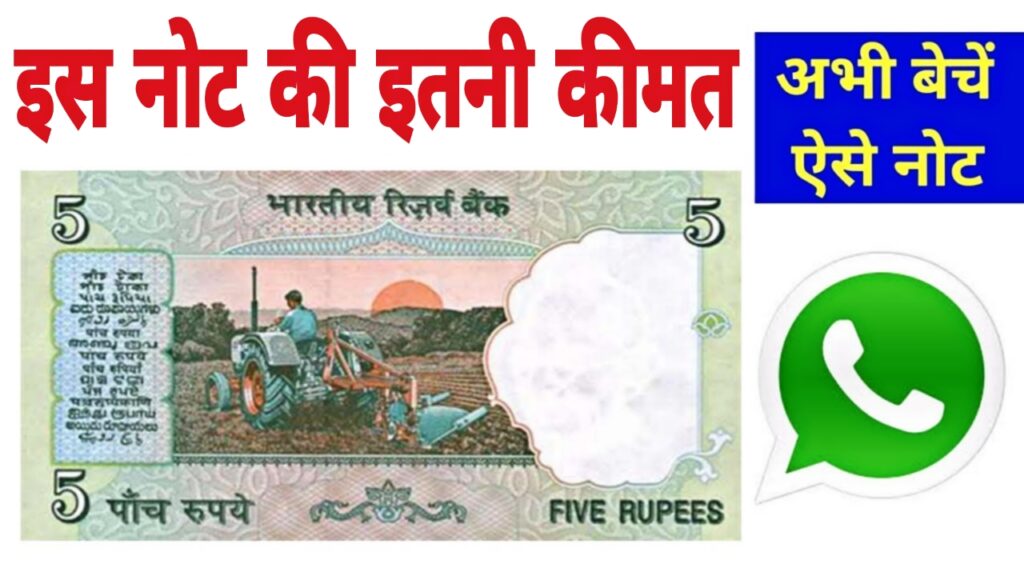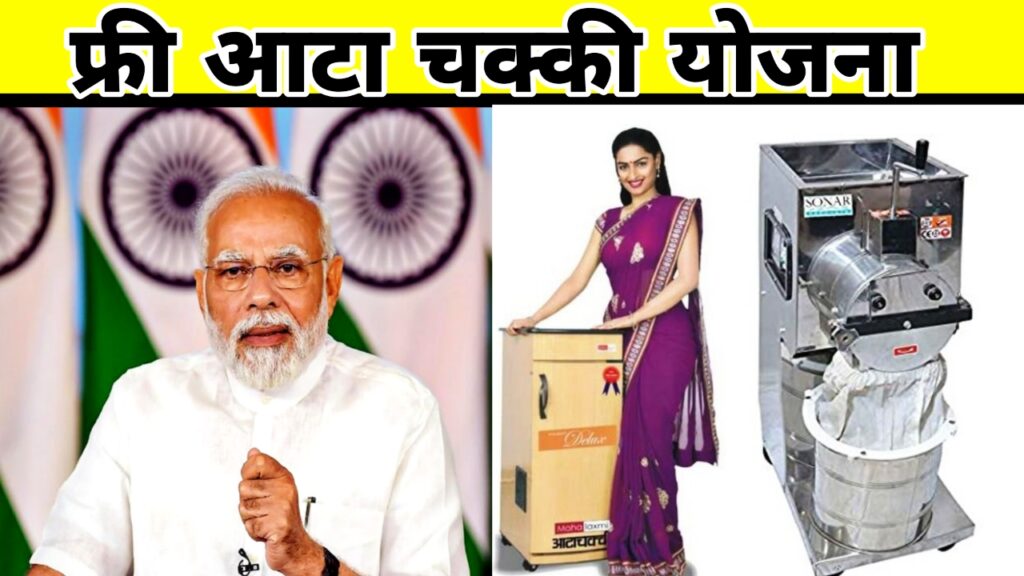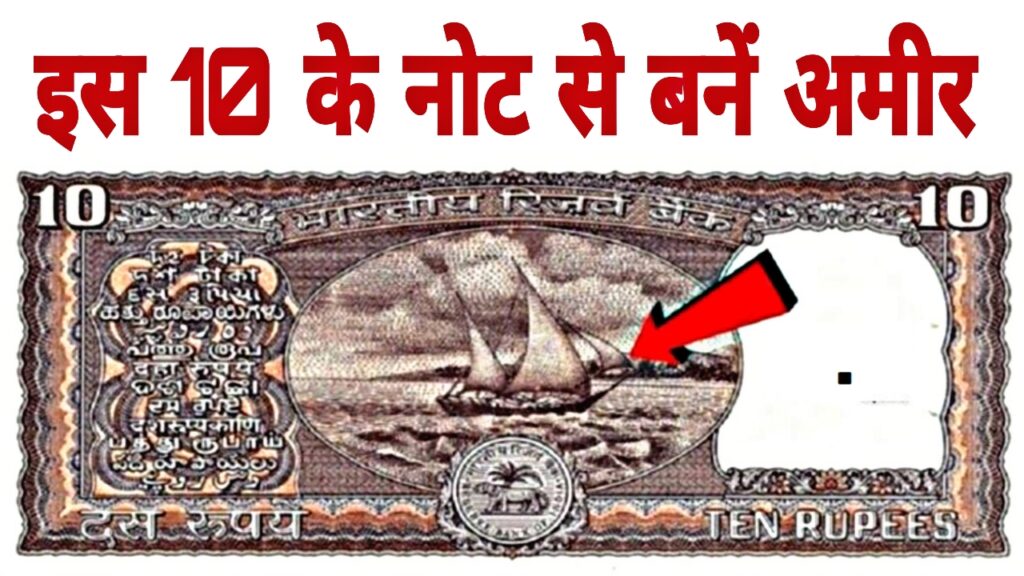Delhi Markets Quiet Despite GST Rate Cuts
The 23rd meeting of the GST Council—hailed as the start of India’s “GST savings festival”—brought sweeping changes to the tax structure. Yet Delhi’s key shopping hubs, including Chandni Chowk, report thin festive crowds despite the government’s push to celebrate.
Key GST Revisions
The Modi government recently streamlined the system into two slabs of 5% and 18%. While GST on over 230 everyday products was reduced, apparel priced above ₹2,500 now carries an 18% tax, up from 12%. Essential and lower-priced clothing remains at 5%.
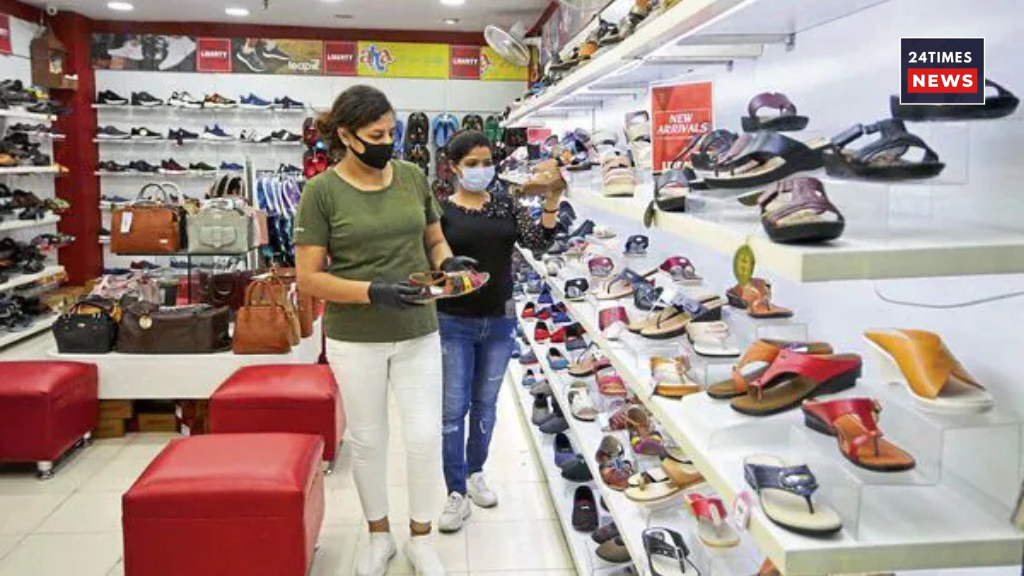
Traders Voice Concerns
“This hike has made garments costlier and driven customers away,” said Piyush Gupta, a lehenga seller in Katra Shahenshahi. Previously, garments above ₹1,000 attracted 12% tax; now anything crossing ₹2,500 is taxed at 18%, discouraging buyers.
Festive Season Without Crowds
Compared with last year’s bustling Navratri season, many shops remain empty. Merchants say cuts on basic goods have not translated into higher sales, especially for ready-made apparel and mid-range festive wear.
Impact on Shoppers
Gupta noted that buyers sometimes request unbilled purchases to avoid the extra levy. Polyester-based garments—popular for shirts and lehengas—are particularly affected, reducing affordability.

Government Measures and Outlook
Officials highlight a new National Consumer Helpline (1915) and an online portal to help small retailers and protect customers. Still, the apparel trade struggles in the short term, even as sectors like agriculture, FMCG, and renewable energy are expected to benefit from GST 2.0 reforms.
Traders hope for further tweaks that can balance revenue needs with consumer spending power during the festive months.

